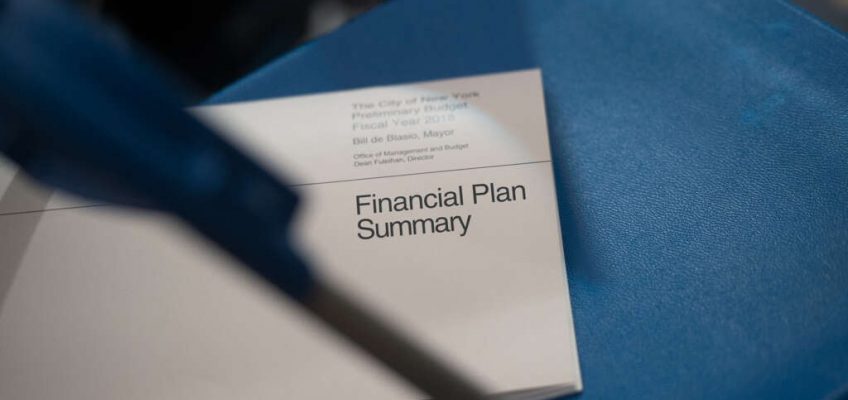By Jennifer Allen
Saturday, April 19, 2025, was the first day of National Park Week, an annual celebration of America’s 433 national parks. Admission to all parks was free that day, and many of the parks have special activities planned for visitors through April 27.
If you’re unsure where to go during the nine-day celebration, EXP Journeys, the leaders in luxury travel experience curation, picked their top national park destinations. Their selections combine exclusivity, exploration and conservation, highlighting the most pristine and lesser-known corners of the country’s truly breathtaking landscapes.
Capitol Reef National Park
First on their list is Capitol Reef National Park. Often the most overlooked of the five national parks in Utah, it offers unimaginable natural wonders – and it feels like you have them all to yourself. It’s not impossible to go hiking and rarely see another person on the trail.
Capitol Reef National Park was established to protect the striking Waterpocket Fold – a 90-mile-long geologic wrinkle. The Fold extends 70 miles from Thousand Lake Mountain across a spectacular eroded jumble of cliffs, domes, monoliths, twisting canyons and graceful arches, all the way to the Lake Powell Reservoir on the Colorado River.
No reservations are needed to enter, whether you want to hike the nearly 40 miles of trails or pack a lunch and leisurely drive the unpaved roads into the scenic backcountry. Afterwards, check in to one of the local hotels in Torrey, Utah, the state’s first International Dark Sky Community. See thousands of stars in the night sky with your naked eye. While the park is worth visiting year-round, the best time of year to visit Capitol Reef National Park is often considered March to June or September to October.
Denali National Park
Spanning more than 6 million acres, Denali National Park epitomizes Alaska’s raw and untamed beauty. Home to North America’s tallest peak, Denali offers an extraordinary wilderness experience where vast glaciers, snow-capped mountains and roaming wildlife create an adventurer’s paradise.
Beyond its legendary hiking trails, visitors can embark on aerial tours, witness the Northern Lights and paddle through pristine waters in a kayak, on a SUP board or raft out on the water. Pro and amateur anglers will want to check out Chelatna Lake. A premier fishing destination, the waterway harbors all five species of Pacific salmon, rainbow trout, grayling, northern pike and lake trout. The best time to explore Denali is from June to August when the days are long, and wildlife is most active.
Glacier National Park
Spanning over a million acres in Montana’s Rocky Mountains, Glacier National Park stands apart. Ancient glaciers shaped this pristine wilderness. As these mountains of ice travelled, they carved out a dramatic landscape of rugged peaks, alpine lakes and sweeping valleys. Wildlife sightings abound, from mountain goats and grizzly bears to elusive wolverines and lynx.
EXP Journeys founder Kevin Jackson says, “Glacier National Park inspires families to explore, learn and connect, creating memories that last a lifetime. Exploring this 1,583-square-mile wilderness area in Montana’s Rocky Mountains with an EXP guide provides knowledgeable access to a tremendous amount of hiking trails, alpine lakes, cycling opportunities and wildlife watching. One amazingly scenic trek is to Avalanche Lake, where massive mountains surround the lake.”
Related Articles
Lonely Planet: The 10 best places to visit in Italy in 2025
How to enjoy the natural and urban gems of the Pacific Northwest — even when your time is limited
Airlines are adding new routes. Here’s how you can save
New requirement for air travel in the U.S. takes effect next month. What you need to know
Family travel 5: Make trip planning a family affair
Very few paved roads exist in the park’s miles of primitive and unspoiled landscape. The exception is the Going-To-The-Sun Road, a 50-mile paved two-lane highway which winds along almost every type of terrain in the park.
April 19 is National Junior Ranger Day, and it’s hard to beat the program at Glacier National Park as it engages young adventurers in the park’s rich natural history. Families can also enjoy a leisurely hike along the Trail of the Cedars. And from mid-May through September, you can explore Lake McDonald by boat. The prime season for visiting Glacier National Park is mid-June through mid-September.
Other chart toppers
The theme for the 2025 National Park Week is National Park Playlist, and it celebrates musical connections to national parks and the American story. Some of the other events at United States national parks include National Volunteer Week. Celebrate the existing volunteers and consider signing up yourself. It doesn’t have to be a huge commitment – even a few hours of your time are appreciated.
Earth Day also falls during National Park Week. Celebrated for 55 years, one billion people in 193 countries host events and celebrations of the planet, its resources and our commitment to protect it. Many of our national parks will have special Earth Day demonstrations of earth science or discussions of the latest environmental concerns.
Big South Fork National River and Recreation Area straddles Kentucky and Tennessee, protecting the Cumberland River. They are offering 50% off backcountry camping permits on Saturday, April 19, for National Park Week. Theodore Roosevelt National Park in North Dakota is doing a special 4-mile National Park Week guided hike to the park’s only sandstone arch, Sunday, April 20. Several of the national parks are hosting clean-up days during National Park Week. Check the National Park Service website for details.
Jennifer Allen, retired chef turned traveler, cookbook author and writer, shares her adventures and travel tips at All The Best Spots. Living at home with her family – and the cats that rule them all – her work has been featured in The Washington Post, Seattle Times, MSN and more.




